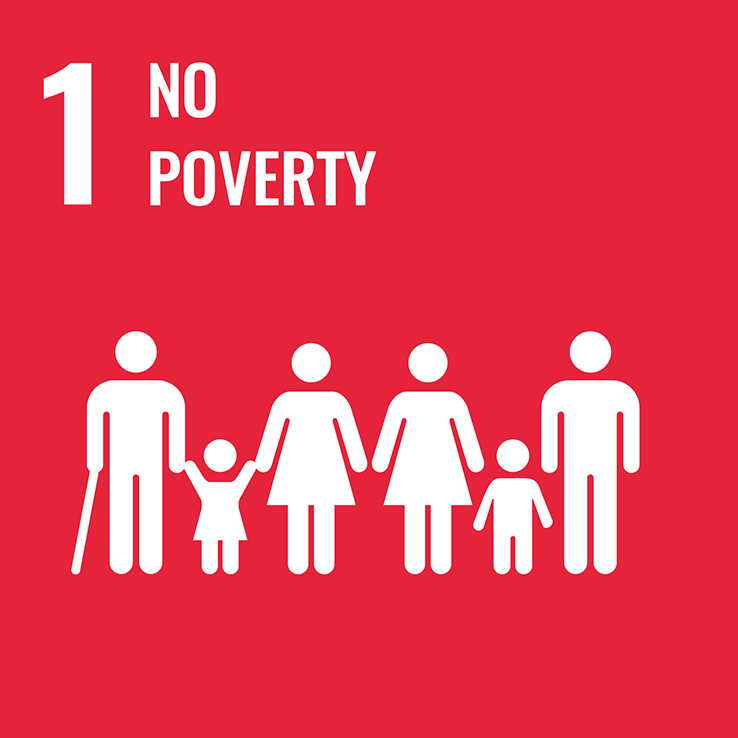
Selection


1.3.1 Proportion of population covered by social protection floors/systems, by sex, distinguishing children, unemployed persons, older persons, persons with disabilities, pregnant women, newborns, work-injury victims and the poor and the vulnerable

1.4.1 Proportion of population living in households with access to basic services

1.4.2 Proportion of total adult population with secure tenure rights to land, (a) with legally recognized documentation, and (b) who perceive their rights to land as secure, by sex and type of tenure

1.5.1 Number of deaths, missing persons and directly affected persons attributed to disasters per 100,000 population

1.a.1 Total official development assistance grants that focus on poverty reduction as a share of the recipient country’s gross national income
